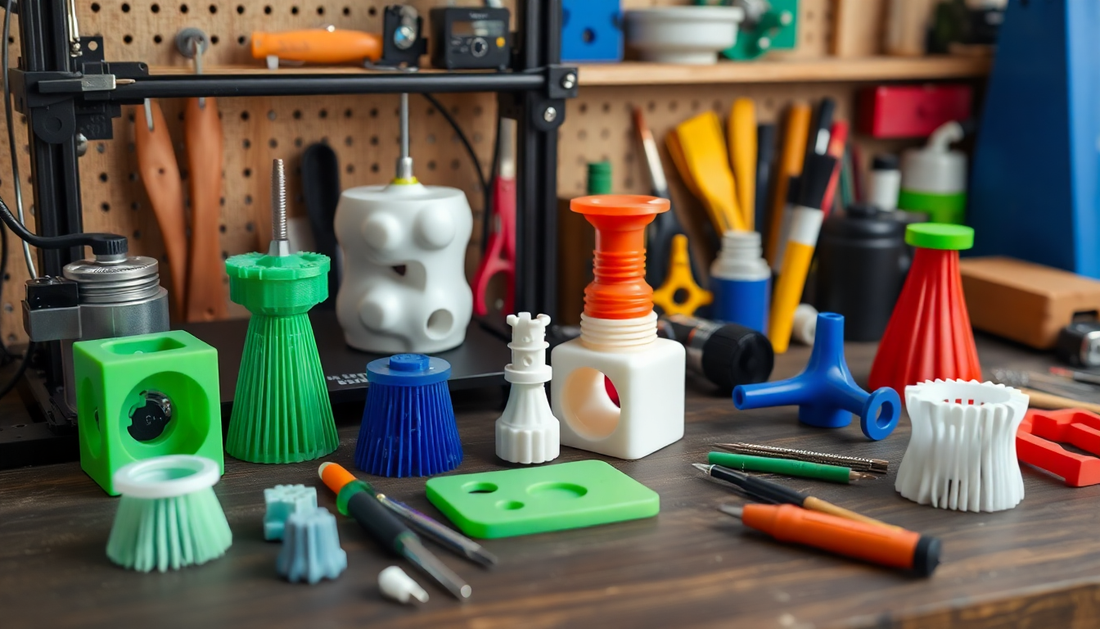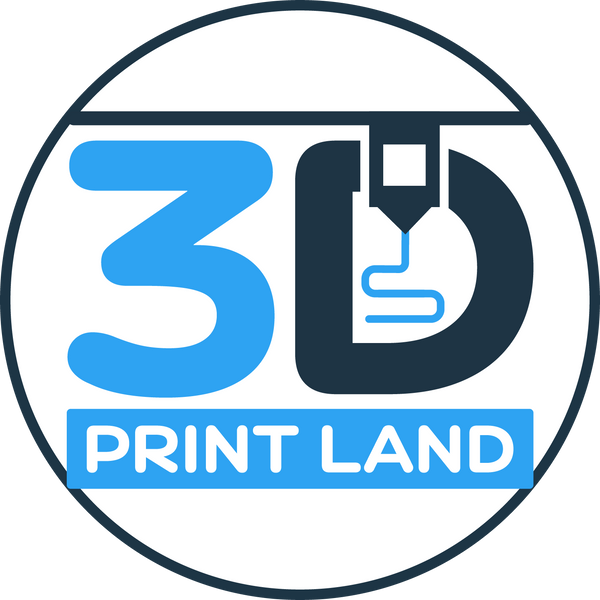
Maximize Your 3D Printing Experience in 2025: Cost Calculators and Creative Gadgets for Every Enthusiast!
Share
Introduction
Welcome to the future of 3D printing in 2025! Whether you are a seasoned enthusiast or just starting your journey, maximizing your 3D printing experience is easier than ever. The advancements in technology, various tools, and a plethora of gadgets can make your printing projects not only successful but also enjoyable. In this article, we’ll explore innovative cost calculators and creative gadgets that will enhance your printing experience, save time, and help you manage your budget effectively.
Understanding 3D Printing Costs
Before diving into gadgets, it’s crucial to understand the costs associated with 3D printing. Here are some key factors that affect your expenses:
- Material Costs: Different filaments have varying prices. Common materials include PLA, ABS, PETG, and specialty filaments like TPU or Nylon. Understanding the cost per kilogram and the amount needed for your designs can significantly affect your budget.
- Printer Maintenance: Regular maintenance ensures the longevity of your printer, but it comes with its own costs. This includes replacement parts, lubricants, and cleaning supplies, which are essential for optimal printer performance.
- Electricity Consumption: The energy used during printing can add up, especially for large projects that run for several hours or days. Knowing the wattage of your printer and the cost of electricity in your area can help you budget accordingly.
- Time: Your time is valuable! Consider the time taken for printing and post-processing. Long print times can lead to higher costs in terms of electricity and the opportunity cost of other projects you could be working on.
Using Cost Calculators
To take control of your 3D printing budget, leveraging cost calculators is essential. Here are some tools to consider:
- 3D Printer Cost Calculator: This online tool allows you to input your printer’s specifications, filament type, and estimated print duration for an accurate cost estimate. It can help you understand the total expenses per print job.
- Filament Cost Estimator: This tool enables you to calculate the total cost of materials based on your design requirements. Input the weight of your printed model and the price per kilogram of filament to get a precise estimate.
- Electricity Cost Calculator: Estimate the electricity usage of your printer based on wattage and print time. This tool can help you decide whether a project is worth pursuing based on its power consumption.
- Time Management Tools: Use project management apps to track the time spent on each print job. This can help you identify bottlenecks in your workflow and improve efficiency.
Creative Gadgets to Enhance Your Printing
To take your 3D printing to the next level in 2025, consider investing in some of these innovative gadgets:
- Smart Nozzle Temperature Controller: This device helps in maintaining optimal nozzle temperature for different materials, improving print quality and reducing warping.
- Automated Build Plate Leveling Tools: Say goodbye to manual leveling! These gadgets ensure your build plate is always perfectly level, which drastically reduces print failures and enhances adhesion.
- 3D Scanner: Capture real-world objects and convert them into 3D models for printing—perfect for prototyping or creating custom designs from existing items.
- Post-Processing Station: A dedicated station equipped with tools for sanding, painting, and finishing your prints can save you time and enhance your final product. Look for kits that include everything you need for a professional finish.
- Multi-Material Extruder: Expand your creative possibilities by using a multi-material extruder. This allows you to print with multiple filaments, including colors and materials with varying properties, in a single print.
- Filament Dryer: Moisture can ruin your filament, especially for hygroscopic materials. A filament dryer can keep your materials in optimal condition, ensuring better print quality.
- Enclosure Kits: Create a controlled environment for your 3D printer with an enclosure. This helps maintain temperature and reduces the chances of warping, especially when working with ABS or other temperature-sensitive materials.
Choosing the Right Filament
With so many materials available, selecting the right filament for your project can make a significant difference in the final outcome. Here’s a quick guide on popular filaments:
- PLA: Great for beginners due to its ease of use and low warping. Ideal for general-purpose printing.
- ABS: Strong and durable, perfect for functional parts. However, it requires a heated bed and proper ventilation.
- PETG: Combines ease of printing with durability and flexibility. Great for functional prototypes and parts that need to withstand stress.
- TPU: A flexible filament suitable for parts that require elasticity, like phone cases or toys.
- Nylon: Known for its strength and flexibility. It’s perfect for functional parts but requires careful handling and storage.
Tips for Effective Project Management
Managing your 3D printing projects effectively can lead to greater efficiency and less waste. Here are some tips:
- Plan Your Prints: Before starting a project, plan out your prints. Consider the time, material, and resources required for each job.
- Use Design Software: Leverage design software to create accurate models and optimize your designs for 3D printing. Tools like Tinkercad or Fusion 360 can help you with this.
- Keep a Log: Maintain a log of your print jobs, noting what worked and what didn’t. This can help you refine your techniques and reduce errors in future projects.
- Experiment with Settings: Don’t be afraid to tweak your printer settings. Experimenting with layer height, print speed, and temperature can lead to better finishes.
Community and Resources
The 3D printing community is vibrant and filled with resources. Here are some ways to connect and learn:
- Online Forums: Join forums like Reddit’s r/3Dprinting or dedicated Discord servers to share experiences and seek advice.
- Social Media Groups: Follow 3D printing groups on platforms like Facebook or Instagram for inspiration and tips.
- Tutorials and Webinars: Many creators offer tutorials and webinars that can help you improve your skills and learn new techniques.
- Local Maker Spaces: Check if there’s a maker space in your area. These communities often provide access to professional-grade printers and tools, along with opportunities to collaborate.
Conclusion
With the right tools and knowledge, you can truly maximize your 3D printing experience in 2025. By utilizing cost calculators and investing in creative gadgets, you can streamline your workflow and produce stunning prints without breaking the bank. Don’t forget to explore the amazing products available in our store to kickstart your journey!
Remember, 3D printing is not just about creating objects; it's about unleashing your creativity and bringing your ideas to life. Happy printing!
